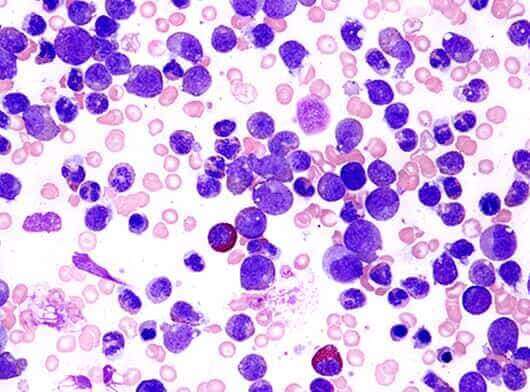Many people don’t have any symptoms for at least a few years, when it is diagnosed as CLL. Leukemia is often found when their doctor orders blood tests for some unrelated health problem or during a routine check-up and they are found to have a high number of lymphocytes.
Even when people with CLL have symptoms, they’re often vague and can be symptoms of other things.
Symptoms can include the following:
- Weakness
- Feeling tired
- Weight loss
- Chills
- Persistent Fever
- Night sweats
- Swollen lymph nodes (often felt as lumps under the skin)
- Pain or a sense of “fullness” in the belly (this can make someone feel full after only a small meal), which is caused by an enlarged spleen and/or liver
- Many of the signs and symptoms of advanced CLL occur because the leukemia cells replace the bone marrow’s normal blood-making cells. As a result, people don’t have enough red blood cells, properly functioning white blood cells, and blood platelets. This can often lead to a low hemoglobin and low platelet count.
- People with CLL have a higher risk of infections due to a poor immune function. CLL affects the B lymphocytes, which normally make antibodies that help fight infection. In CLL, these antibody-making cells are damaged and hence patients with C.L.L have a reduced capacity to fight infections. Infections may range from simple things like frequent colds or cold sores to pneumonia and other serious infections.


